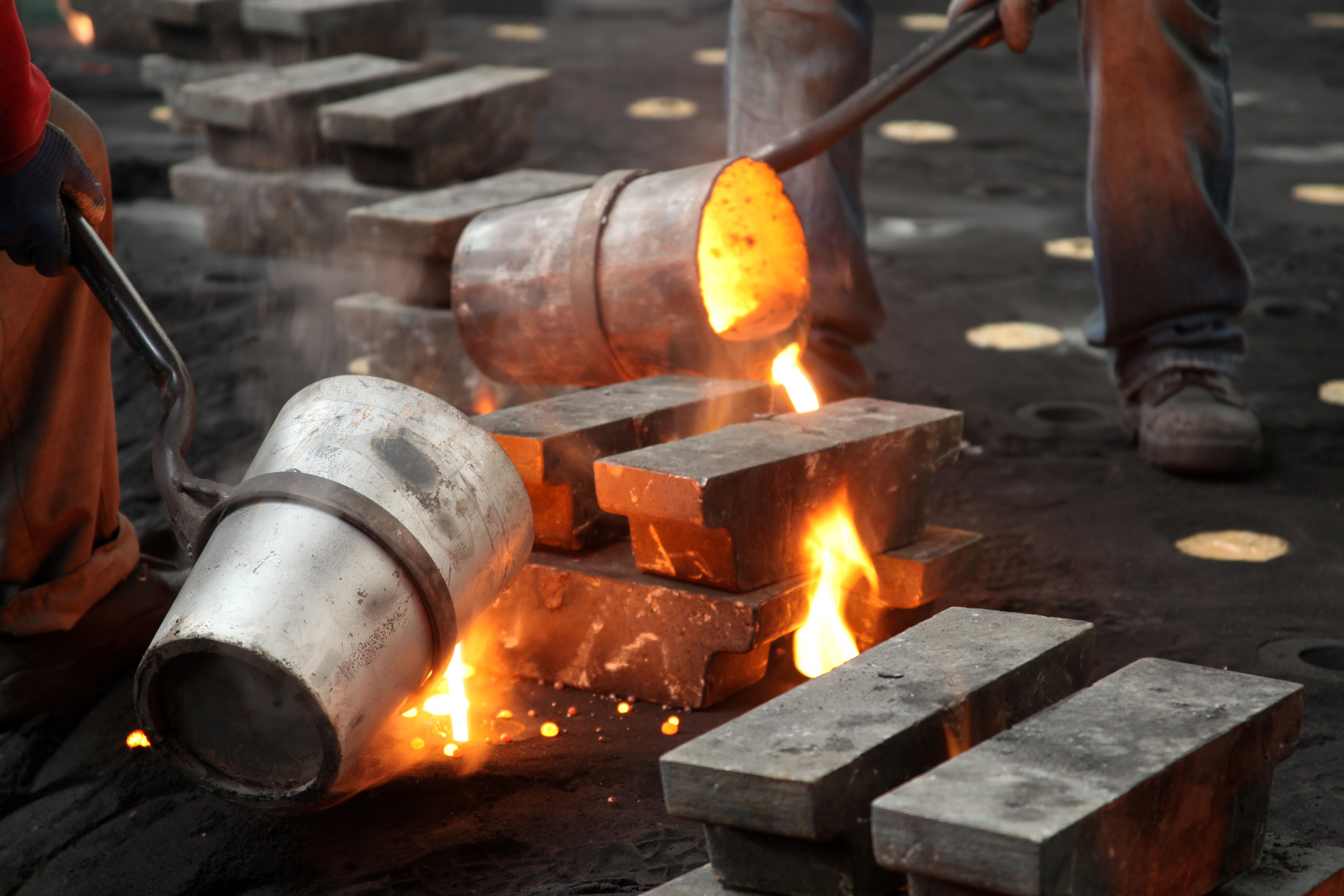Trade barriers continue to escalate, aluminium prices remain volatile at high levels
Futures market: Yesterday, the SHFE aluminium 2504 contract opened at RMB 20,735 per tonne, reached a high of RMB 20,750 per tonne, a low of RMB 20,630 per tonne, and closed at RMB 20,735 per tonne, up RMB 100 per tonne or 0.48 per cent from the previous day. LME aluminium opened at USD 2,645 per tonne, hit a high of USD 2,674.5 per tonne, a low of USD 2,627 per tonne, and closed at USD 2,671 per tonne, up USD 26 per tonne or 0.98 per cent.
Macro: (1) Trump: Auto tariffs will be around 25 per cent, and large enterprises related to chips and automobiles will return to the US. (Bullish★★)
(2) The European Commission will swiftly utilise trade protection measures, such as anti-dumping and countervailing duties, when necessary. (Bullish★)
(3) The National Development and Reform Commission (NDRC): Supports private enterprises in actively participating in the "Two Major and Two New" initiatives, intensifies efforts to resolve overdue payments to private enterprises, and expedites the revision and release of the new negative list for market access. (Bullish★★)
Fundamentals: (1) According to SMM statistics, as of February 18, aluminium ingot inventories stood at 226,200 tonnes in Guangdong, 321,000 tonnes in Wuxi, and 132,000 tonnes in Gongyi, with a total increase of 9,100 tonnes compared to the previous trading day. (Bearish★)
(2) Regarding domestic aluminium billet inventories, Guangdong aluminium billet inventory was 153,300 tonnes, and Wuxi aluminium billet inventory was 68,100 tonnes, with a total increase of 8,000 tonnes. (Bearish★)
Primary aluminium market: During yesterday's morning session, the SHFE aluminium front-month contract hovered around RMB 20,600 per tonne below the daily moving average. In the East China market, inventory pressure remained high, and downstream buying was mainly need-based, leading to a slight expansion in discounts.
SMM A00 aluminium ingot was quoted at a discount of RMB 60 per tonne to the SHFE aluminium 2503 contract, down RMB 10 per tonne from the previous trading day. The SMM A00 aluminium ingot price was recorded at RMB 20,510 per tonne, down RMB 30 per tonne from the previous trading day. In the central China market, snowfall in Qinghai reignited concerns about supply, but actual downstream transactions showed no significant improvement.
Due to absolute price levels, end-user enterprises mostly adopted a wait-and-see approach, and shipments from processing enterprises showed little progress. During the day, trading activity was relatively active among traders due to concerns, with SMM central China A00 aluminium quoted at RMB 20,380 per tonne, down RMB 30 per tonne from the previous trading day, and actual market transactions ranged from parity to a premium of RMB 10 per tonne over SMM central China prices.
Recycled aluminium raw materials: Aluminium scrap prices remained basically stable. Yesterday, baled UBC aluminium scrap was quoted at RMB 15,150-15,950 per tonne (excluding tax), and shredded aluminium tense scrap was quoted at RMB 16,650-18,150 per tonne (liquid aluminium, excluding tax). Due to weaker aluminium prices and relatively firm aluminium scrap prices, the price difference between primary metal and scrap narrowed slightly during the week. In the short term, with traders resuming operations and downstream procurement demand steadily recovering, market transactions continued to improve. The price difference between primary metal and scrap is expected to fluctuate slightly in the short term.
Secondary aluminium alloy: Prices of secondary aluminium remained stable. Domestically, the SMM ADC12 price was steady at RMB 21,200-21,400 per tonne. In the import market, overseas ADC12 prices were in the range of USD 2,420-2,460 per tonne, with immediate import profits for ADC12 at RMB 100-300 per tonne per ton.
Aluminium prices continued to decline slightly today, while secondary aluminium market quotations remained stable. Recently, with traders resuming operations and an increase in overseas imports, the circulation of aluminium scrap in the market has increased, slightly easing cost pressures for secondary aluminium plants. Current downstream demand recovery is slower than expected, and with increasing market supply, prices may face downward pressure. In the short term, secondary aluminium alloy prices are expected to fluctuate narrowly in line with aluminium prices.
Summary: Recently, macro-level bullish news has been frequent, with overseas measures on tariffs and anti-dumping duties emerging one after another. Coupled with domestic policy efforts to promote investment in emerging industries, the market remains optimistic about the medium and long-term outlook for aluminium consumption.
However, in the short term, the global aluminium market will undergo structural adjustments due to policy impacts. Risks such as escalating overseas trade conflicts and prolonged domestic demand weakness dragging down aluminium consumption should be monitored. Fundamentals side, the pressure of resumed production in the aluminium supply chain has re-emerged, with the domestic operating capacity of aluminium expected to rise slowly in February.
The average spot price of alumina continues to weaken, driving aluminium costs further downward, and cost-side support continues to weaken. As both supply and demand are increasing, and post-holiday demand recovery has exceeded expectations, aluminium futures and spot prices remain strong despite the lack of cost support.
On the inventory side, the current domestic aluminium ingot inventory buildup slightly exceeded expectations, and inventory is highly likely to surpass last year's level by the end of February. The Q1 inventory peak may be revised upward to the range of 900,000-950,000 tonnes, making it difficult to provide support for further short-term aluminium price increases.
On the demand side, last week, the operating rate of leading domestic downstream aluminium processing enterprises continued to recover, up 4.1 percentage points W-o-W to 60.8 per cent. After the Lantern Festival, aluminium processing enterprises accelerated the resumption of work and production. Coupled with the approaching traditional peak season in March, operating rates across sectors still have upside room.
However, attention should be paid to the recovery of end-use consumption and changes in the export market. In the future, with increasing PV demand and comprehensive resumption of work and production by end-users, and limited supply-side increments, aluminium prices are expected to maintain high-level fluctuations in the short term.
Source: SMM
This news is also available on our App 'AlCircle News' Android | iOS















.png/0/0)







